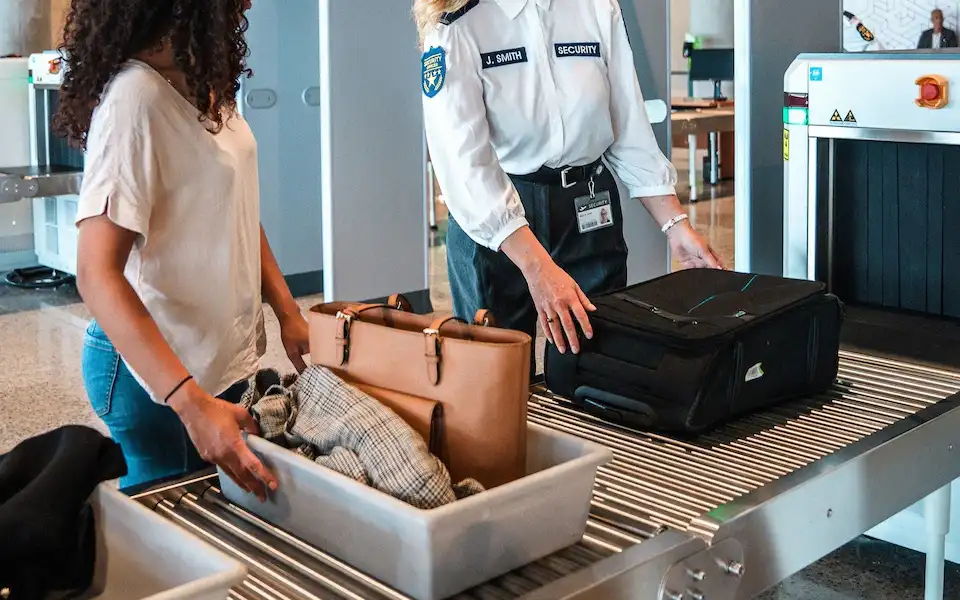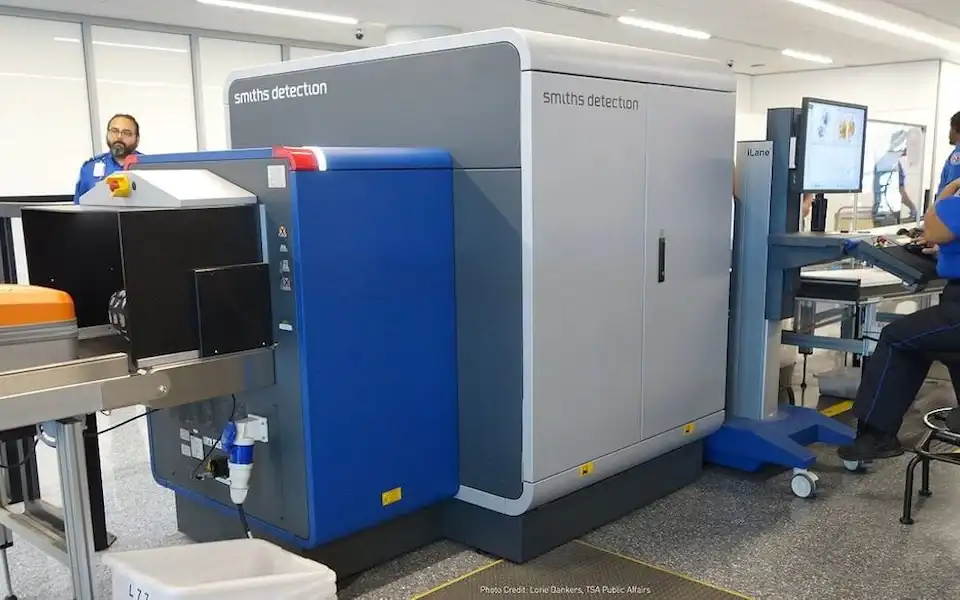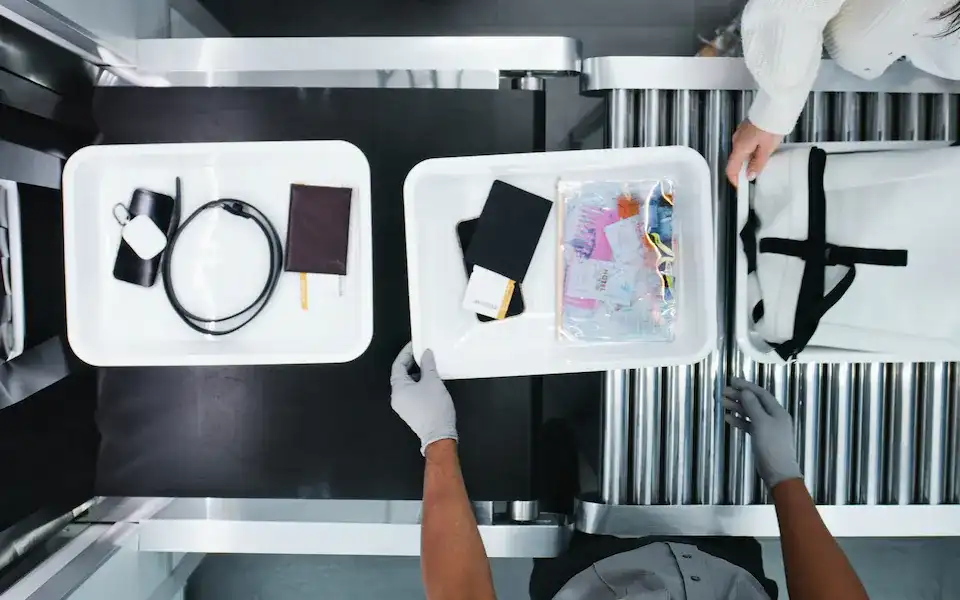If you’ve ever breezed through airport security one week, only to be pulled aside and asked to unpack your life the next, you’re not imagining things. The rules around removing shoes, separating liquids, and unpacking electronics seem to shift with the wind — and frequent flyers know the frustration all too well.
Why Security Rules Keep Changing
Airport security feels like a game with ever-changing rules, and that’s largely because, well, it is. Although national governments technically oversee security regulations, many of the standards that shape the passenger experience are influenced — if not dictated — by the United States. This stems from post-9/11 legislation that required extensive screening protocols for all flights entering U.S. airspace.
Even non-American airports must comply if they want to serve U.S.-bound flights, meaning rules like liquid restrictions or electronics screening often originate in Washington and then ripple outward. Yet despite this centralized origin, how those standards are enforced is anything but uniform.
Technology and Interpretation Vary by Airport
Security guidelines may come from on high, but individual airports have broad discretion over how to enforce them. This includes the type of equipment used — from body scanners to baggage screening tech — and the training of the personnel operating it. Some airports have the latest gear. Others are still relying on outdated systems that require more manual intervention.
That’s why you might breeze through security with your liquids and laptop inside your bag at one airport, only to be told to unpack them at another just weeks later. Or why some airports insist on removing shoes while others wave you through fully laced.
Shoes, Scanners, and Suspicion
The dreaded shoe removal rule is a relic from early 2000s terror threats — particularly one infamous incident involving an attempted shoe bomber. While newer body scanners can detect most threats without the need to go barefoot, not all machines are created equal.
“Screening some footwear, like boots, remains a bit of a challenge,” says Wilfried Covent, a security consultant and former head of Brussels Airport security. This limitation is why European countries often still ask passengers to remove their shoes — it’s not about paranoia, it’s about practical limitations of legacy scanning tech.

What Scanners Actually See
Full-body scanners don’t give security staff an X-ray view of your body. Instead, they use millimeter wave technology to detect anomalies — anything that doesn’t conform to your body’s expected shape. When something’s detected, the machine highlights that area on a generic outline, guiding staff to inspect further. This is why a harmless nail file or folded tissue might lead to a pat-down.
The Real Bottleneck: Bag Scanners
While body scanners get most of the attention, bag screening is where delays often stack up. Traditional X-ray machines offer only 2D images, and struggle to distinguish between dense objects like laptops or containers filled with liquids. That’s why removing items is still often mandatory, particularly in airports that haven’t upgraded to newer machines.
The solution? CT (computed tomography) scanners. These newer systems provide 3D images and use advanced algorithms to identify specific substances — like different types of liquids — with much greater accuracy.

CT Tech Is Coming… Slowly
The UK government initially set a deadline for airports to adopt CT scanners by summer 2023. But that goal was quietly scrapped, with major hubs like Heathrow and Manchester still mid-transition. Smaller airports such as Luton have already made the switch, meaning a smoother experience — but only if you fly from the right terminal.
The hope is that widespread adoption of CT scanners will lead to the end of the notorious 100ml liquid rule. But even that isn’t guaranteed. Concerns about the accuracy of the new scanners’ algorithms — especially when dealing with varied liquids — have kept the rule in place for now.
Why It Still Feels Like Chaos
Until these upgrades are fully implemented across the board, expect continued inconsistency. Depending on where you’re flying from — or even which terminal — you might be asked to empty your bag, remove your jacket, ditch your shoes, or breeze through like a VIP.
For travelers, it’s not just inconvenient — it’s confusing. As aviation expert Gilbert Ott notes, “The inconsistency just creates longer waiting times.” People waste precious minutes trying to guess what the rules are, only to be reprimanded for getting it wrong.
Top Airports for Security Screening
If you’re looking to avoid headaches, consider flying through one of these highly rated airports for security, based on the 2024 Skytrax Awards:
- Rome Fiumicino
- Zurich
- Seoul Incheon
- Doha Hamad
- Tokyo Haneda
- Singapore Changi
- Dubai
- Tokyo Narita
- Taiwan Taoyuan
- Bahrain
What You Can Do
While you can’t control airport equipment or national security policy, you can control your approach:
- Always check your airport’s website for updated security protocols.
- Keep your liquids and electronics easily accessible in case you need to remove them.
- Wear shoes that are easy to slip off — just in case.
- Travel light to avoid unnecessary checks.
Until full modernization reaches every terminal, prepare for some inconsistency — and perhaps even some frustration. But with smarter tech on the horizon and gradual improvements underway, smoother skies may finally be ahead for security-weary travelers.


